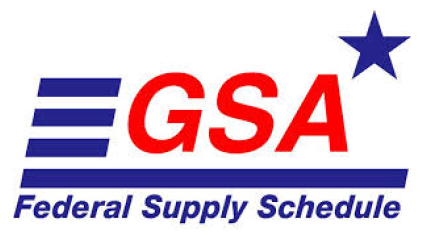The GSA pricing policy places a significant emphasis on offering federal agencies the best possible prices. However, a problem arises when vendors are expected to provide steep discounts that can adversely affect their business. It’s often called “volume discount pricing” as federal agencies prefer large orders over individual purchases.
Balancing competitive pricing for government contracts with business profitability is challenging. GSA’s price requirements depend on your commercial pricing, not just market lows.
This is where many businesses stumble when managing their GSA Schedule. Vendors offering low prices face financial losses, while those with higher prices lose competitiveness, prompting federal agencies to seek better deals elsewhere. In both cases, vendors find their GSA Schedule less lucrative than anticipated, wasting their effort and resources.
However, the GSA pricing policy does offer an opportunity for federal agencies to obtain excellent deals for significant orders. If your pricing strategy is well-crafted, your GSA Schedule can bring you the success and financial rewards you desire.
The key is to establish a robust pricing strategy before seeking bids within the system. A successful strategy balances federal agency discounts for bulk purchases with maintaining healthy profits from large orders.
GSA evaluates whether your pricing is fair and reasonable as part of the contract acceptance process. Instead of guessing at a price, here are some tips to help you navigate the GSA pricing policy successfully:
Achieving Success with the GSA Pricing Policy
To develop the best pricing strategy, follow these steps to ensure your prices are competitive, profitable for your business, and acceptable to contracting officers:
Evaluate Cost Structure: Examine both direct and indirect costs, including contract prices, to define your pricing policy.
For indirect costs:
Establish cost pools and bases.
Calculate indirect interest rates.
For direct costs:
Analyze labor, materials, and other direct costs.
After factoring in a profit margin, determine the pricing for your business.
Research Competitors: Look at the prices of your competitors, including those in the GSA multiple award schedule (MAS) and GSA schedule contracting, to gauge the market rates within your schedule. This information is readily available online and will help you position your company competitively.
Consider Most Favored Customers (MFCs): Your GSA Schedule prices should align with your commercial sales, and this includes considering GSA advantage. Identify your Most Favored Customers (MFCs) and set discounts for them, along with separate discounts for GSA. MFCs are customers who receive better pricing based on available discounts.
The GSA pricing policy aims to make it easier for federal agencies, including state and local government, to find businesses that can meet their needs efficiently. While it can be complex, competitive pricing can lead to success with your GSA Schedule.




